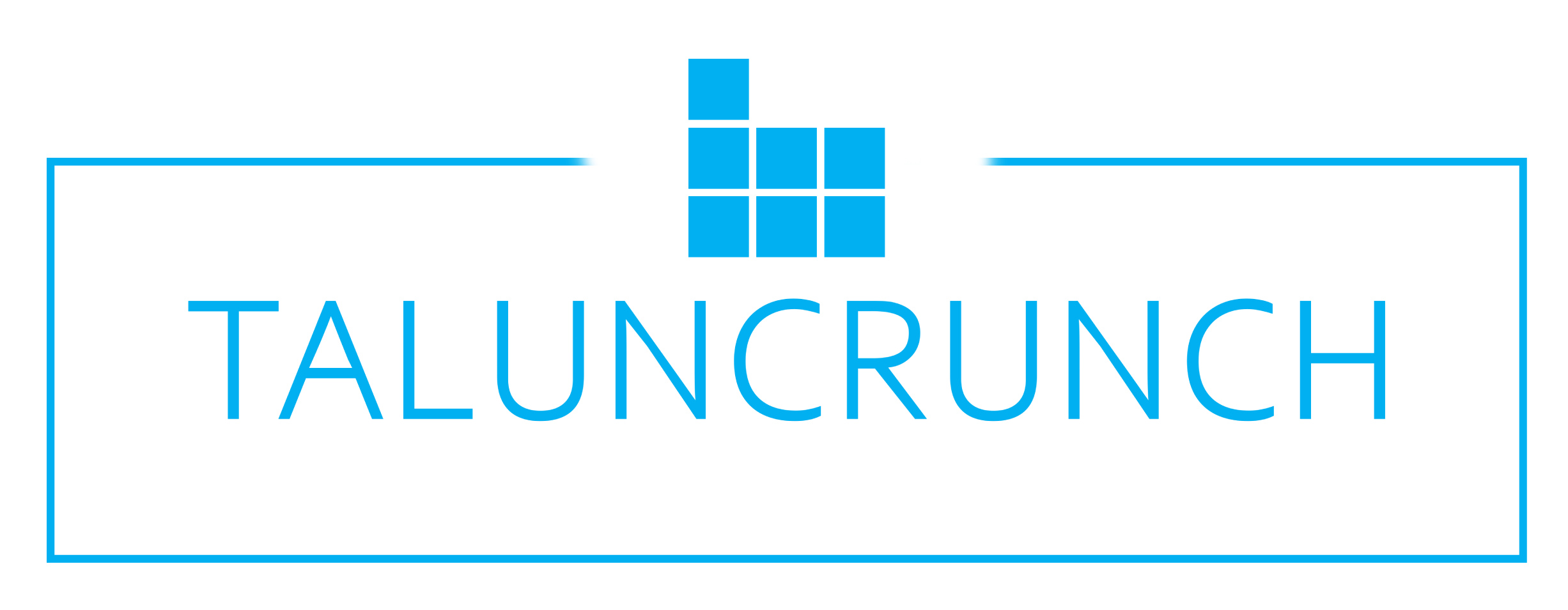In today’s hyper-competitive job market, attracting top talent is no longer just about offering the highest salary. While compensation will always be a key factor in candidate decision-making, our experience has shown that a strong employer brand can significantly tip the scales in favor of organizations, even without raising salaries. The way a company positions itself in the minds of potential hires—its values, culture, employee experience, and workplace reputation—can make all the difference in securing the right talent.
Understanding Employer Branding Beyond Salary
Employer branding is essentially a company’s reputation as a workplace. It defines how current and potential employees perceive the organization and whether they see it as a desirable place to work. Over the years, we have observed that candidates, particularly high-performers and top-tier professionals, are looking for more than just a paycheck. They seek meaningful work, career growth, a healthy work environment, and a sense of purpose. Companies that actively showcase these aspects often gain a competitive edge without having to outbid rivals on compensation.
A strong employer brand answers key candidate questions:
- Why should I work here?
- Will I grow professionally in this organization?
- Does this company align with my personal and professional values?
- Will I feel valued and supported as an employee?
When these questions are answered convincingly through a well-crafted employer branding strategy, companies attract talent organically.
Leveraging Culture as a Talent Magnet
Culture is a defining factor in employer branding. A company that fosters a positive, inclusive, and engaging workplace culture will naturally draw in candidates who align with those values. In our consulting engagements, we have found that organizations that actively promote their employee well-being programs, mentorship initiatives, and diversity & inclusion efforts tend to attract more engaged and committed professionals.
For example, one of our enterprise clients in the healthcare sector struggled with high turnover in key roles. By investing in a stronger internal culture narrative, including better onboarding experiences, internal mobility programs, and transparent leadership communication, they saw a 30% improvement in retention. They did not increase salaries but focused on providing an environment where employees felt heard, valued, and motivated.
Employee Advocacy: Your Best Recruitment Tool
Current employees are the most credible brand ambassadors. Companies that encourage employees to share their experiences, achievements, and workplace culture through social media and professional networking platforms see a significant boost in organic employer branding. When employees voluntarily advocate for their company, it reinforces authenticity and builds trust among potential candidates.
We aided the launch of an employee-driven LinkedIn campaign for a IT outsourcing company based in Singapore, where team members shared their growth stories, leadership support, and the projects they were excited about. This approach proved far more effective than traditional paid job advertisements, fostering a compelling and authentic employer narrative. As a result, the company saw a 41% increase in direct applications, significantly enhancing its talent attraction strategy.
The Role of Digital Presence in Employer Branding
Today, a company’s digital presence is often the first touchpoint for candidates. A well-maintained LinkedIn, Glassdoor, and company careers page that showcases company culture, employee success stories, and thought leadership can create a lasting impression. We’ve worked with clients who initially struggled with negative perceptions due to outdated or inactive online profiles. By curating employee testimonials, publishing leadership insights, and engaging with candidates through employer branding campaigns, they transformed their online presence, making them more attractive to prospective hires.
Future Growth and Career Development: What Candidates Want
One of the most powerful differentiators in employer branding today is the opportunity for long-term professional growth. More than ever, candidates are prioritizing organizations that invest in their development through structured learning programs, leadership training, and clear career progression pathways. The modern workforce isn’t just looking for a job; they’re looking for a career trajectory that aligns with their aspirations. Companies that effectively communicate their commitment to employee growth not only attract ambitious professionals but also significantly improve retention rates. When employees see a clear path for advancement, they are more engaged, more productive, and more likely to stay committed to the organization in the long run. Investing in development isn’t just a perk—it’s a strategic advantage that strengthens employer brand and sets companies apart in a competitive talent market.
How to Showcase Growth Opportunities
- Define Clear Career Paths – Make promotion tracks and skill milestones transparent so candidates can see their growth potential.
- Invest in Learning & Development – Offer mentorship, certifications, and leadership training to upskill employees.
- Highlight Employee Success Stories – Share real stories of career progression to inspire potential hires.
- Engage Leadership – Involve managers in mentoring and career workshops to show commitment to growth.
- Leverage Social Media – Use LinkedIn and company blogs to showcase training programs, promotions, and employee achievements.
Employer Branding Is a Long-Term Investment
While many companies focus on short-term hiring fixes, we emphasize that building a strong employer brand is a long-term strategy. The organizations that consistently invest in their employer brand—by prioritizing culture, career growth, leadership engagement, and employee advocacy—are the ones that see sustainable success in attracting and retaining top talent.
At Taluncrunch Advisory, our hands-on experience working with organizations across industries has reinforced a key lesson: when companies build a compelling and authentic employer brand, they don’t need to compete on salaries alone. They attract talent who are invested in the company’s mission, culture, and long-term vision—resulting in stronger teams and higher retention rates. Building a great employer brand takes time, effort, and the right strategy. Are you ready to transform your talent attraction game? Let’s talk.




